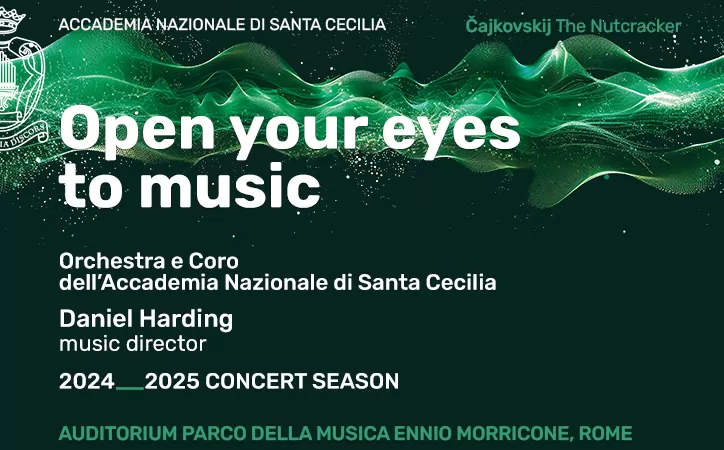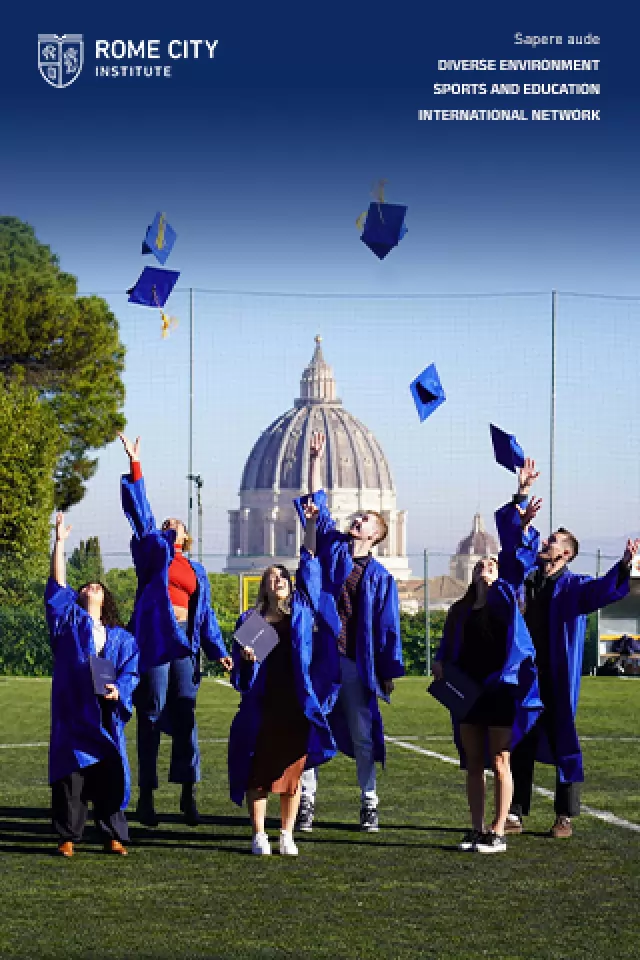The Companion Guide to Georgina Masson
In the days before Lonely Planets and Rough Guides became ubiquitous, many visitors to the Eternal City relied on a rather different kind of handbook: Georgina Masson's much-loved "Companion Guide to Rome". With no lists of cheap bars and trendy nightspots or glossy spreads on shopping, it was one of the last guides whose appeal lay solely in the erudition and enthusiasm of its author.
However, even many of Massons most avid readers are unaware that she also enjoyed a photographic affair with Italy that saw her amass some 5,000 negatives, which on her death in 1980 she left to the American Academy in Rome. Her subject matter included social observation as well as architecture, gardens and of course the capital itself. All of these themes will be represented in an exhibition of her work which begins at the end of April, says the curator of the academy's photographic archive Alessandra Capodiferro.
"Our aim is to provide a general view, to give people a taste of Masson's work and spark their interest," she says.
The portraits of local processions, religious ceremonies and scenes of everyday life provide a wonderful snapshot of life in the capital during the 1950s, she adds. "In her photographs of the neighbourhoods of Rome, the spirit of that period is still alive; especially in the ones portraying people, cars, motorbikes and so on. This Italy it's all changed."
Masson's "Companion Guide to Rome" was first published in 1965. Based on a series of walks, it provides a wealth of information about the capital's archaeological and architectural treasures alongside practical travel tips. "Bring a really comfortable pair of old shoes, preferably with a thick sole," she advises, for example. "Crepe rubber is best for winter, espadrilles for summer."
Rome resident of 30 years standing John Fort, who has revised the guide for a new edition to be published in the autumn, believes its lasting popularity stems from the personal touch of the author. "It tells you what she, as an educated observer, liked about things," he says. "There are all sorts of anecdotes and historical references, which often help bring things to life. It's wide-ranging and very readable."
A cross between a guidebook and a work of literature, Masson's "Companion" is also, he adds, rather idiosyncratic. "She didn't like the Baroque, obviously. She misses out a lot of churches, I imagine because she didn't approve of them."
Little is known about Masson's early life and background, but she is fondly remembered as a colourful fixture on the Roman social scene. "She was a tremendous personality, a great extrovert, and I can't recall her ever grumbling about anything. The people who knew her treasured her friendship," says Monsignor Charles Burns, who met her during the 1960s through his work in the Vatican archives.
Born in Rawalpindi, India, in 1912, Masson's real name was Marion Johnson, but for most of her life she was known as "Babs". The daughter of an officer in the old Indian Army, "she was empire through and through, says Burns. During the second world war she joined the British Ministry of Information and the Foreign Office, work that brought her to Rome, where she subsequently became a correspondent for the Architectural Review.
She quickly developed a wide circle of friends which included some of Italy's most aristocratic families, such as the Pamphilj, who agreed to let her live in the stables of the beautiful Villa Doria Pamphilj at the top of the Gianicolo hill. This little grace-and-favour apartment was where Masson threw parties and served her explosive bomba atomica curry.
"You dipped your finger into it at your own risk," remembers Burns. "It put everyone on fire, which made gin and tonics very, very acceptable."
Masson used her connections with the great and the good of Italy to gain access to the most beautiful and historic homes and gardens in the country. The result was two lavish books that combined her life-long interest in the history of architecture and landscape gardens with her growing skill as a photographer. "Italian Villas and Palaces", published in 1959, and "Italian Gardens", issued in 1961, were large format and filled with beautiful pictures; coffee-table books that showed her adopted country in what for many people was a new light.
"Her books opened up Italy to the masses the elite Italy that lots of people now market in terms of design, food and lifestyle," says Cornelia Lauf, programmes curator at the American Academy in Rome, citing British designer Terence Conran as one example.
Masson continued to develop her skills as a historian, publishing biographies of, among others, the Borgias and Queen Christina of Sweden, who moved to Rome after abdicating her throne. The writer was also the first woman to be awarded the Dumbarton Oaks Senior Research Fellowship in Landscape Design by the Trustees for Harvard University for her work on the history of gardens.
It was this aptitude for researching a subject, for "doing her homework", that Burns believes made her so successful with the camera. "She had real perception and she knew what she was looking for," he says. "It might have meant getting up very early in the morning or going to bed late at night but she studied things, she knew what she wanted. That's the way Babs did things; she was very thorough in a nice way."
She was also conscious of modernist traditions in photography, says Lauf. "The way she took angles, the way she cropped her whole aesthetic was a very post-modern vision."
The entire collection of Masson's mostly black-and-white photographs can now be browsed in digital format at the American Academy. There are plans to make it available directly over the internet in the future.
Just 35 pictures will go on show at the academy on 29 April, none of which have been exhibited before, and the selection process was long and painful according to Capodiferro.
"I wish we could put them all in," she sighs. "They're all so beautiful."
Georgina Masson: Author and Eye, 29 April-30 June, Thurs 16.00-19.00, Sat 15.00-19.00 or by appointment (tel. Milena Sales 065846470). Admission free. American Academy in Rome, Via A. Massina 5, tel. 0658461, www.aarome.org.
A catalogue, Georgina Masson: 1912-1980, published by Charta and edited by Cornelia Lauf, will feature essays by Alessandra Capodiferro, Milton Gendel, Marella Caracciolo, Elizabeth Helman-Minchilli and Caroline Vicenti.
Picture: Massons snaps of a woman in Puglia and pottery inside Villa Chigi on Via Salaria, both from the American Academys photographic archive.



















